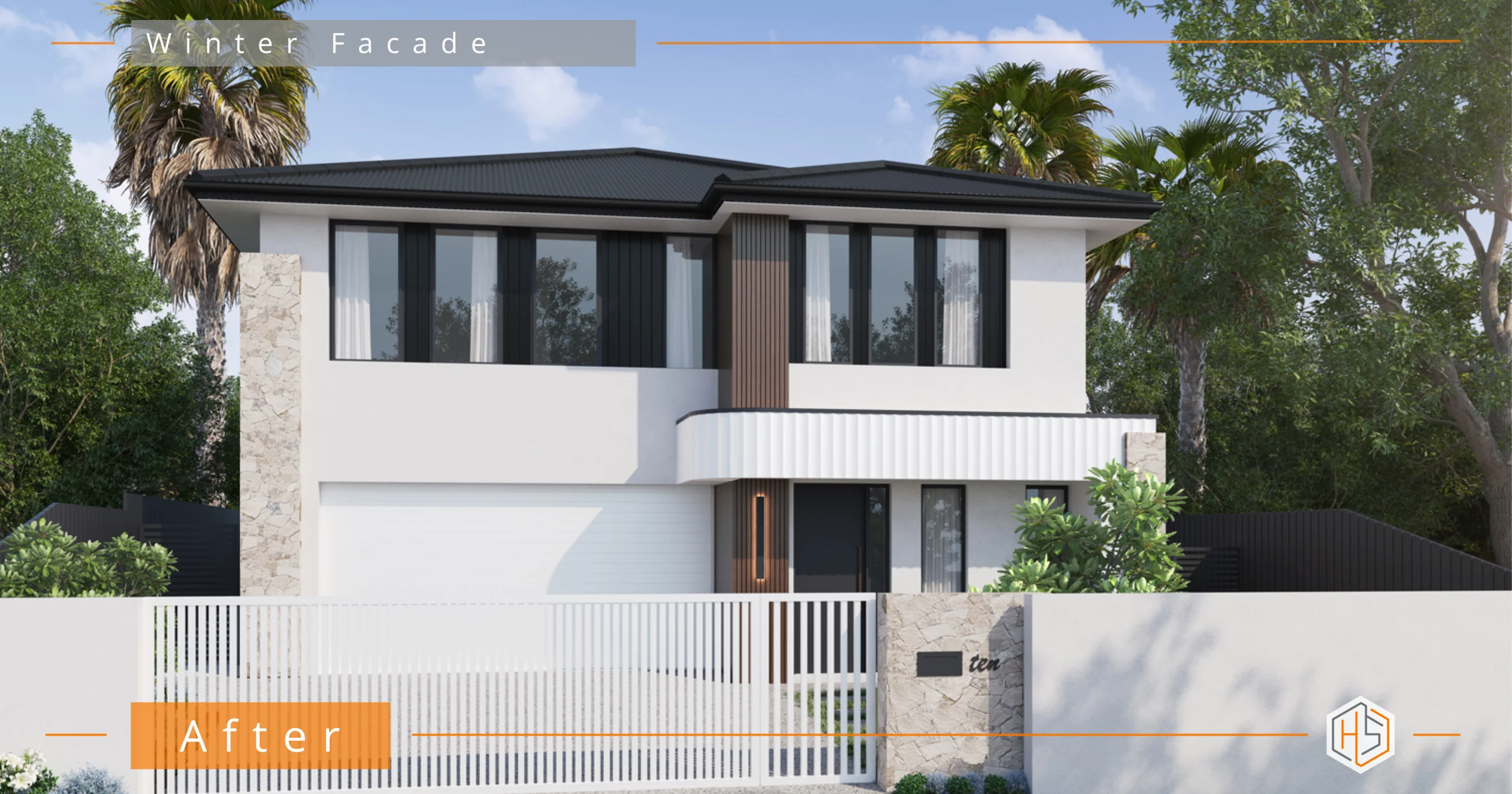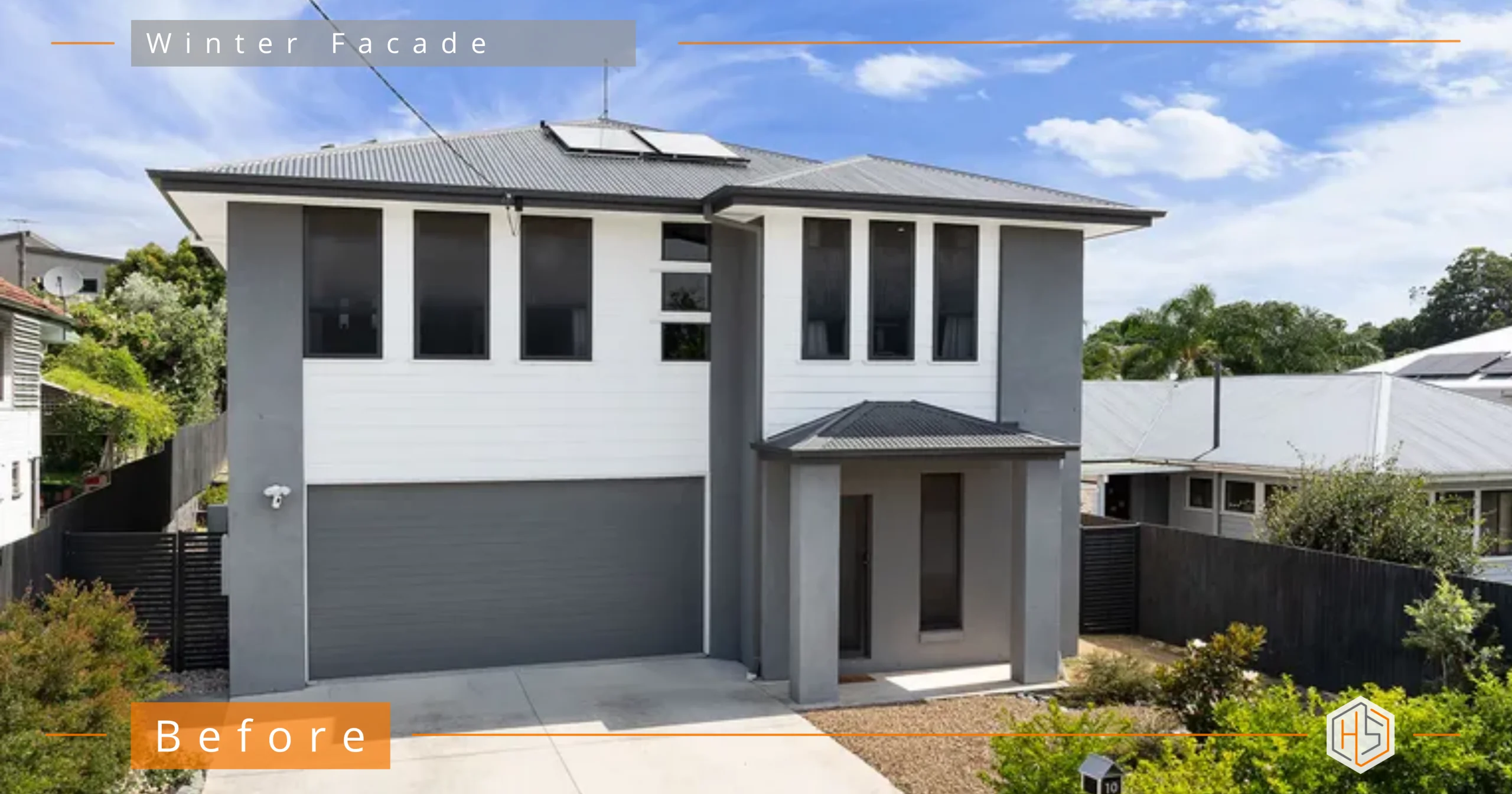A well-designed front fence can completely transform the look and feel of your home. It can add privacy, boost street appeal, improve security, and even help frame your facade. But not all front fences are created equal. To get it right, it’s important to consider how it ties into your house, whether council regulations allow it, and how to blend function with aesthetics.
👇👇Designed by Hotspace👇👇
First, are you even allowed a front fence?
In many parts of Australia, you can’t simply build a fence wherever and however you like. Local councils have rules around height, materials, and whether a fence is even permitted at all. In some areas, especially where a streetscape has an open or garden-style character, councils may prohibit front fences or only allow low, open-style fencing.
As a general guide:
-
Fences on corner blocks usually have stricter visibility requirements
-
Front fences in residential zones often have a maximum height of 1.2m if solid, or up to 1.8m if at least 50% transparent (e.g., vertical slats or pickets)
-
Heritage overlays may restrict materials and styles
Always check with your local council before you start designing.
What’s the purpose of your fence?
Before deciding on the style or materials, ask yourself what you’re trying to achieve.
-
Privacy: If you want to shield your home from the street, consider solid or semi-solid materials, but soften the look with planting.
-
Security: A taller fence with a lockable gate or electric driveway gate offers more protection.
-
Street Appeal: For some homes, a low fence simply provides a charming boundary and adds to the home’s overall visual balance.
Most homeowners want a combination of all three. The trick is getting the balance right so that your fence feels like it belongs with your home – not just an afterthought.
Tie it in with your home’s design
This is where a lot of fences go wrong. If your house is a coastal-style weatherboard home, a black aluminium slat fence probably isn’t the best fit. If your home is modern and sleek, a picket fence may feel too traditional.
To tie the fence in seamlessly:
-
Use the same or complementary colours to your home’s facade
-
Repeat materials or textures (e.g., timber accents, stone, painted masonry)
-
Consider architectural lines and proportions. If your home has horizontal cladding, a vertical slat fence might create a subtle but effective contrast
A fence should feel like a natural extension of the house – not a separate, disconnected feature.
To gate or not to gate?
Driveway gates and pedestrian gates can enhance security and style. If you’re after convenience, an electric gate is highly recommended. It not only adds a layer of protection but also creates a premium, high-end feel.
Think about:
-
Access (swing vs sliding gate, remote control, intercom)
-
Width and clearance for vehicles
-
Whether you want the fence to fully enclose the property or remain open to the driveway
In some cases, going without a gate can work beautifully, especially when security isn’t a major concern and the landscaping is doing a lot of the visual work.
Don’t forget the details
A front fence isn’t complete without a thoughtfully integrated mailbox and house numbers. Too often, these are tacked on later, breaking the clean lines of an otherwise well-designed fence.
Instead:
-
Incorporate a built-in mailbox slot or box in the same materials as the fence
-
Position your house numbers where they’re visible but subtle, and choose a font that complements your home’s style
-
Consider backlighting the numbers for a modern, elegant touch
Soften with landscaping
If you’re building a solid or semi-solid fence, especially a taller one, landscaping becomes even more important. Lush, layered planting at the base of the fence can soften the hard lines and reduce the feeling of enclosure.
Try:
-
Ornamental grasses for movement
-
Climbers or creepers on vertical structures
-
A mix of evergreen and seasonal plants for year-round interest
Landscaping also helps your fence feel like part of the overall garden design, rather than a wall cutting off the property from the street.
A front fence can elevate your home dramatically – but only when it’s done thoughtfully. Consider your goals, check your council rules, tie it into your home’s architecture, and pay attention to the small details like gates, numbers, and landscaping. When all these elements come together, a front fence does far more than define your boundary – it becomes a defining feature of your home.
hotspaceconsultants.com/preliminary-enquiry/
Jane Eyles-Bennett


